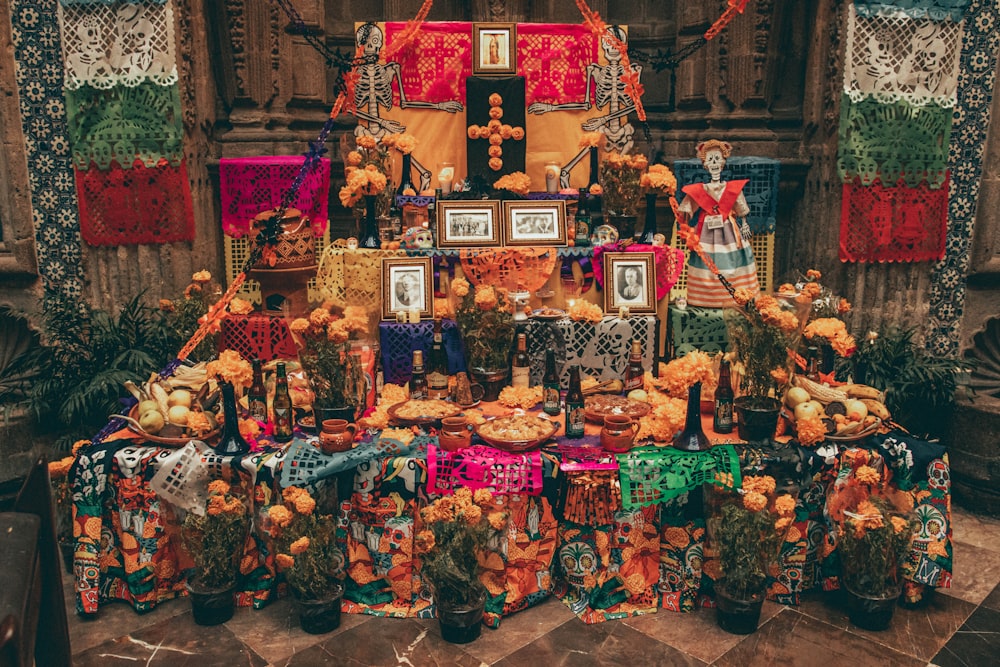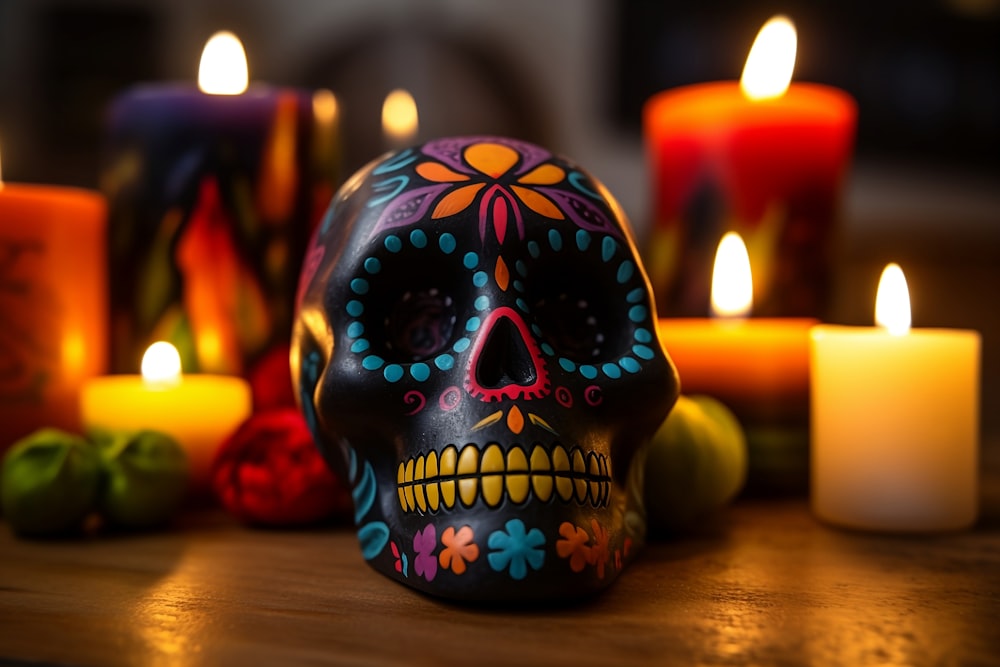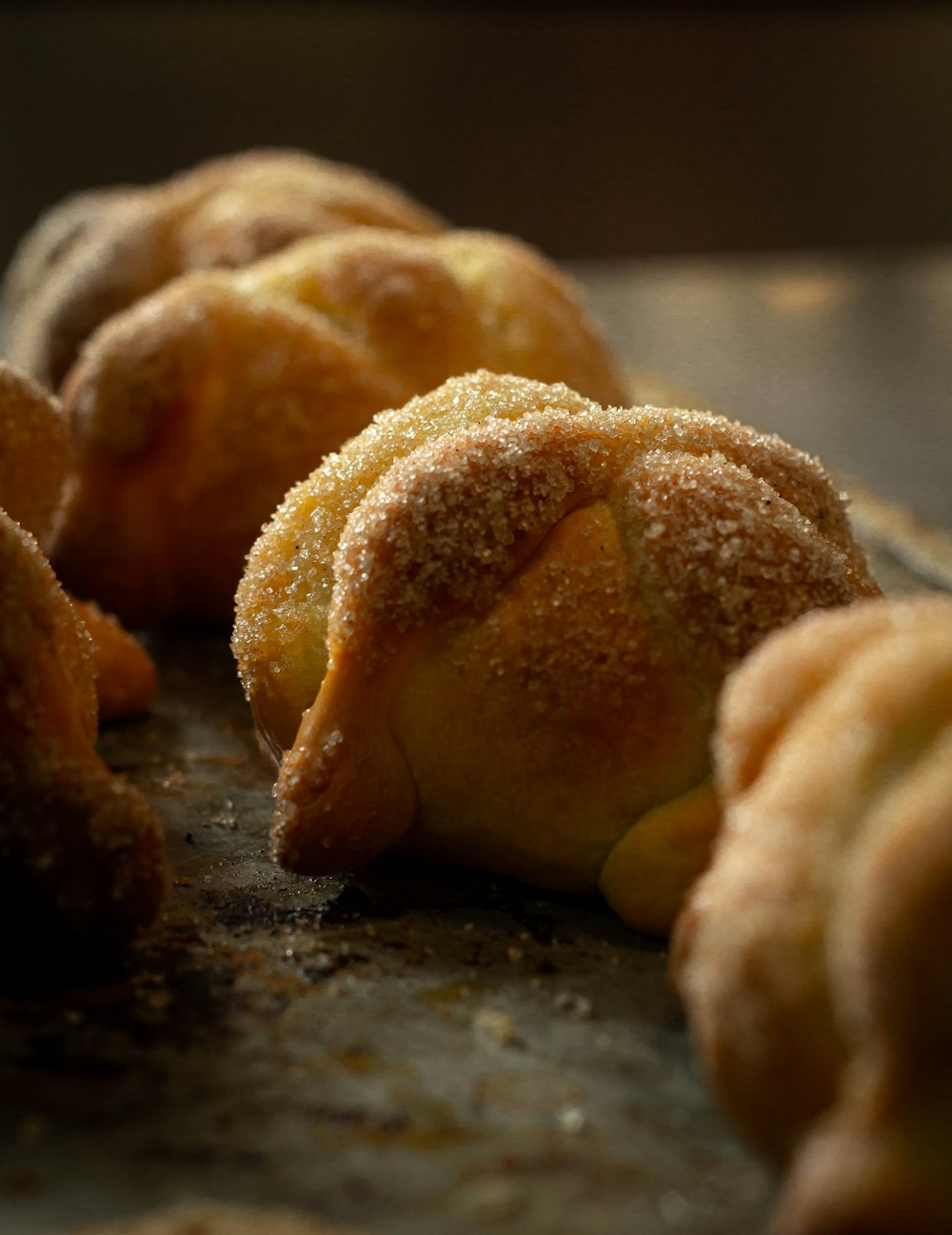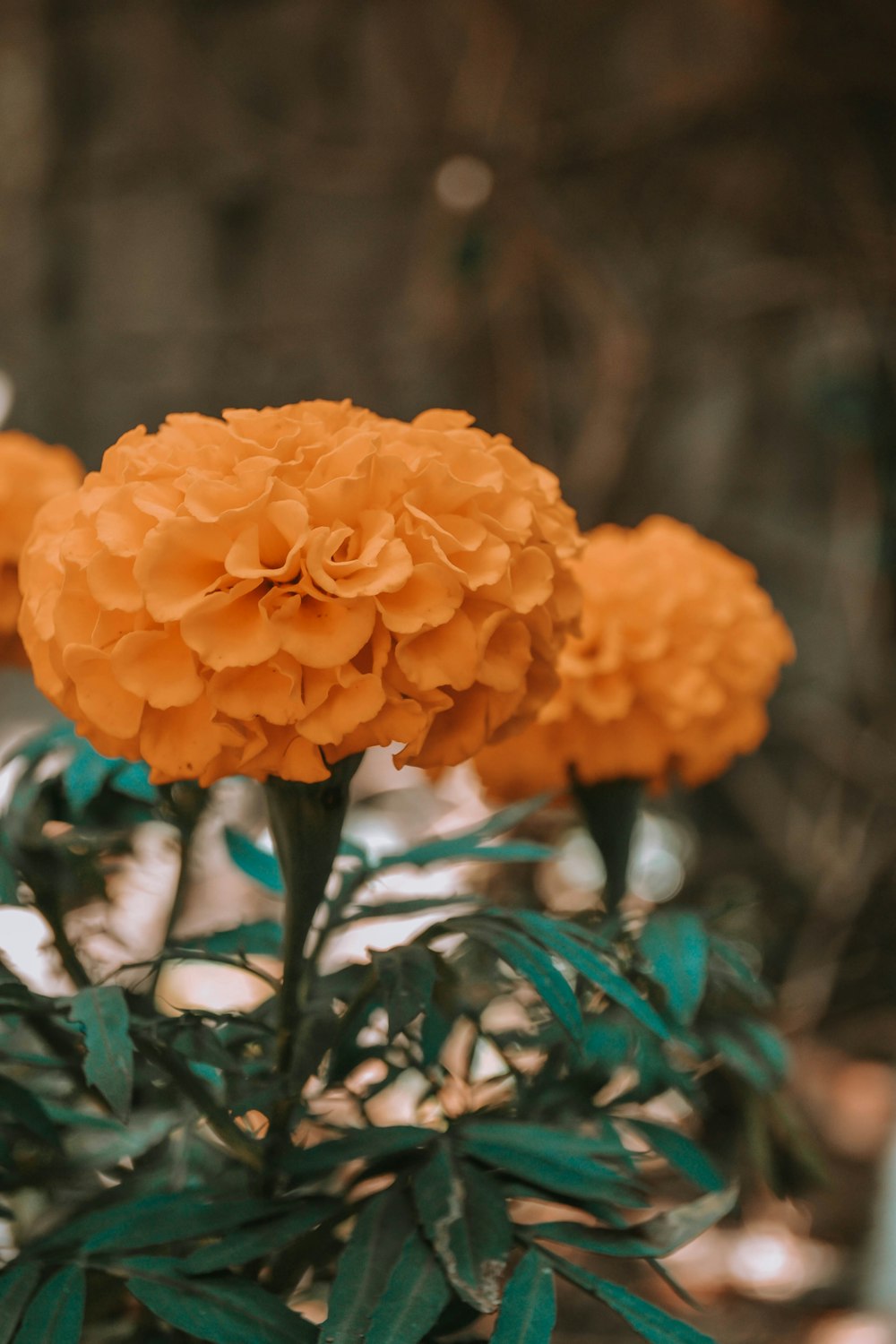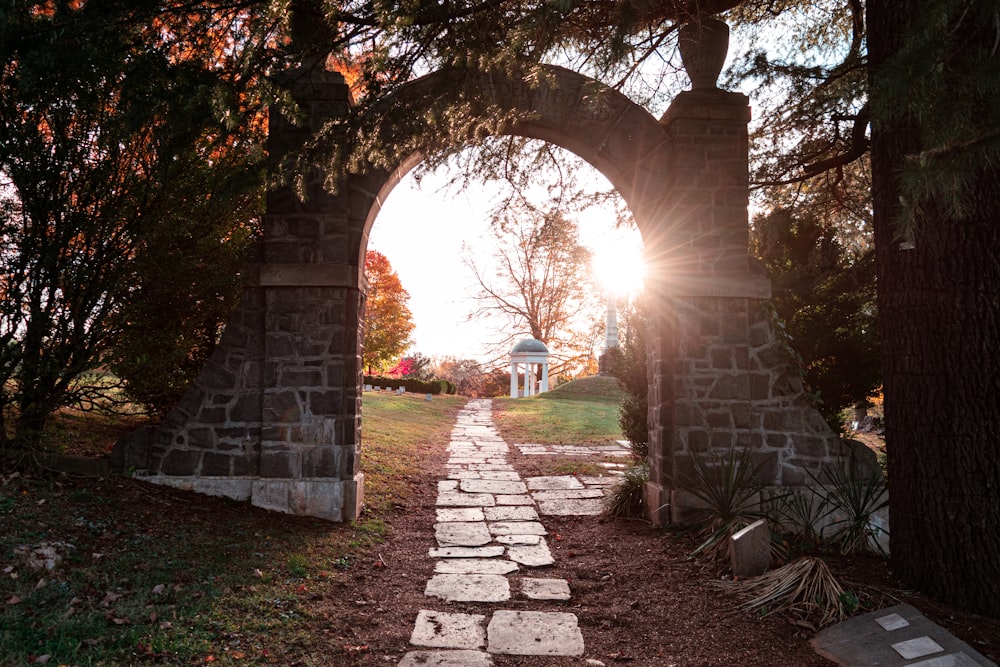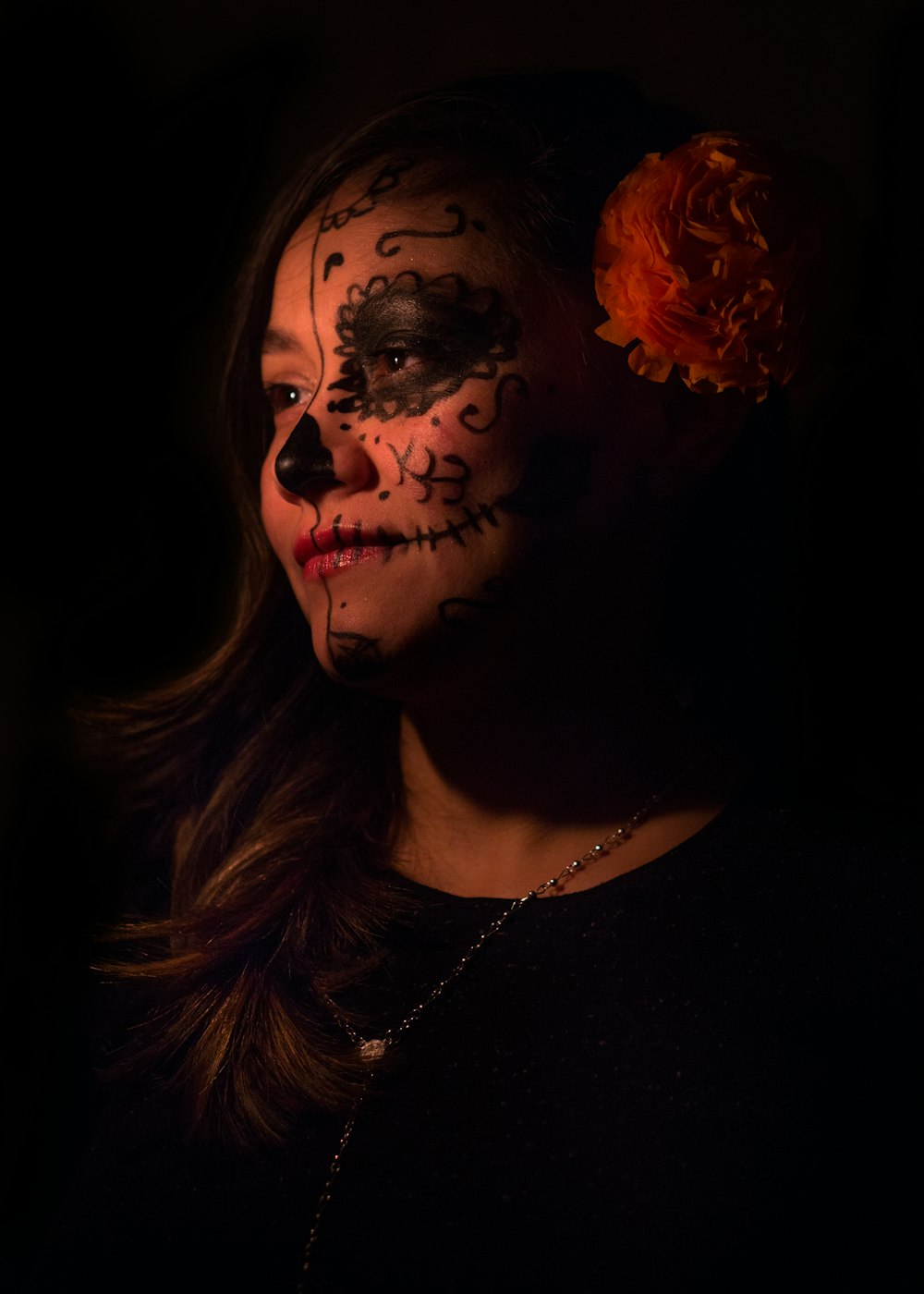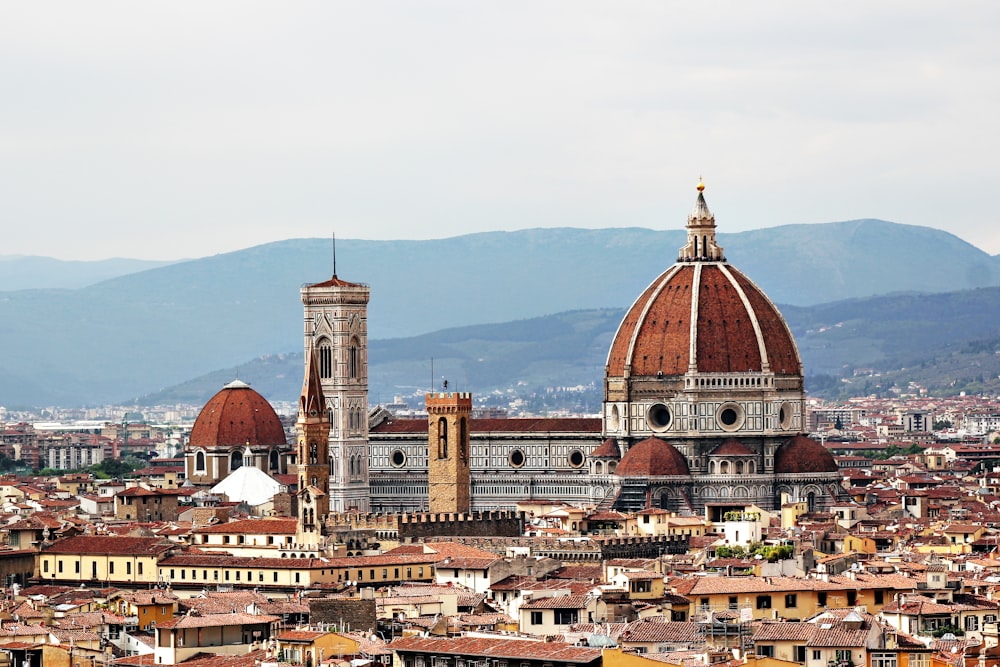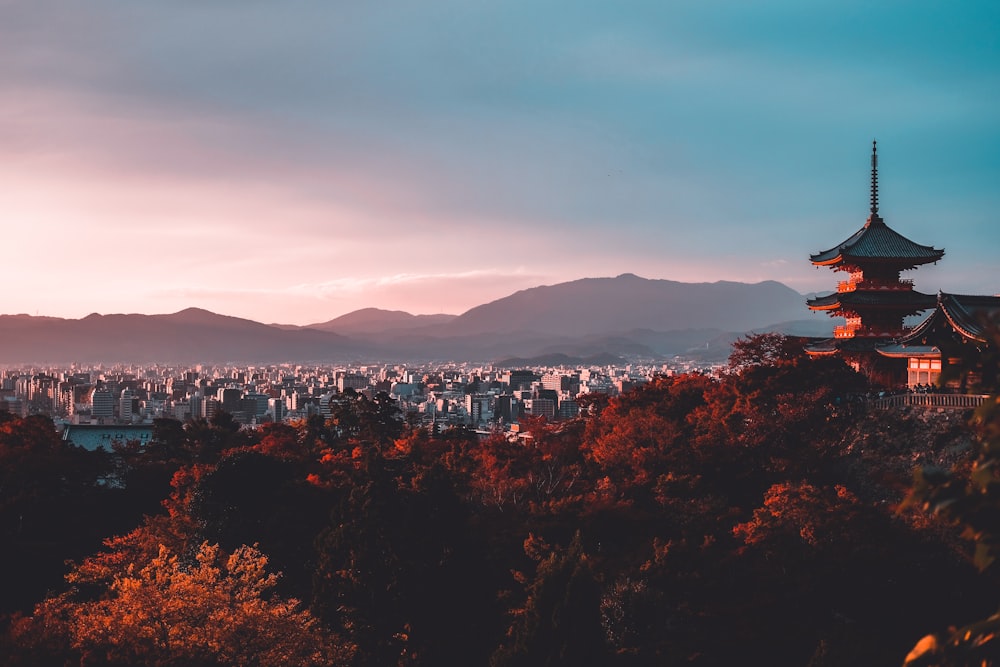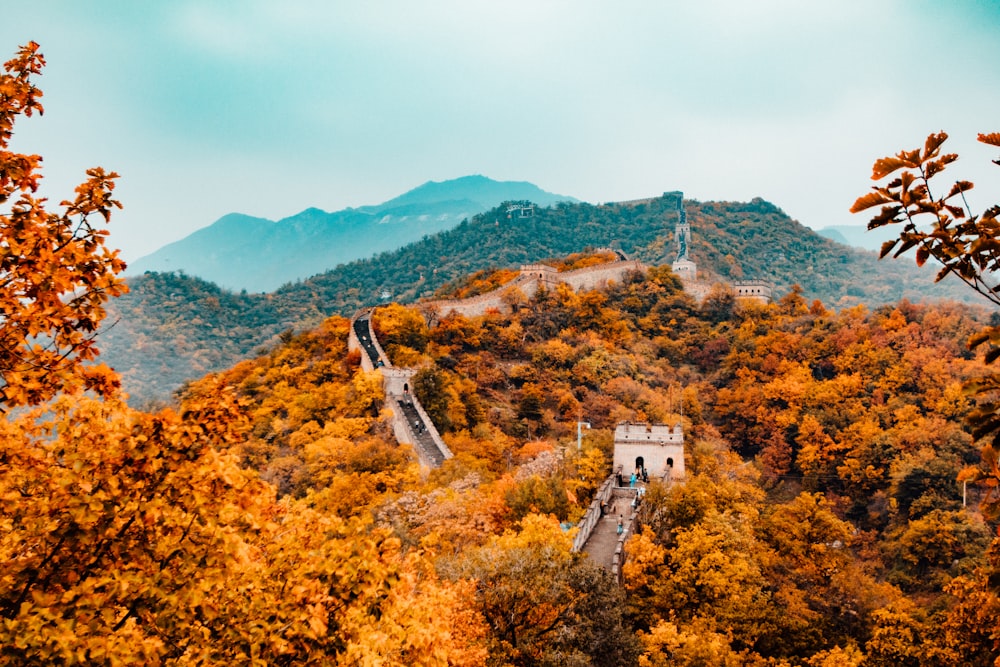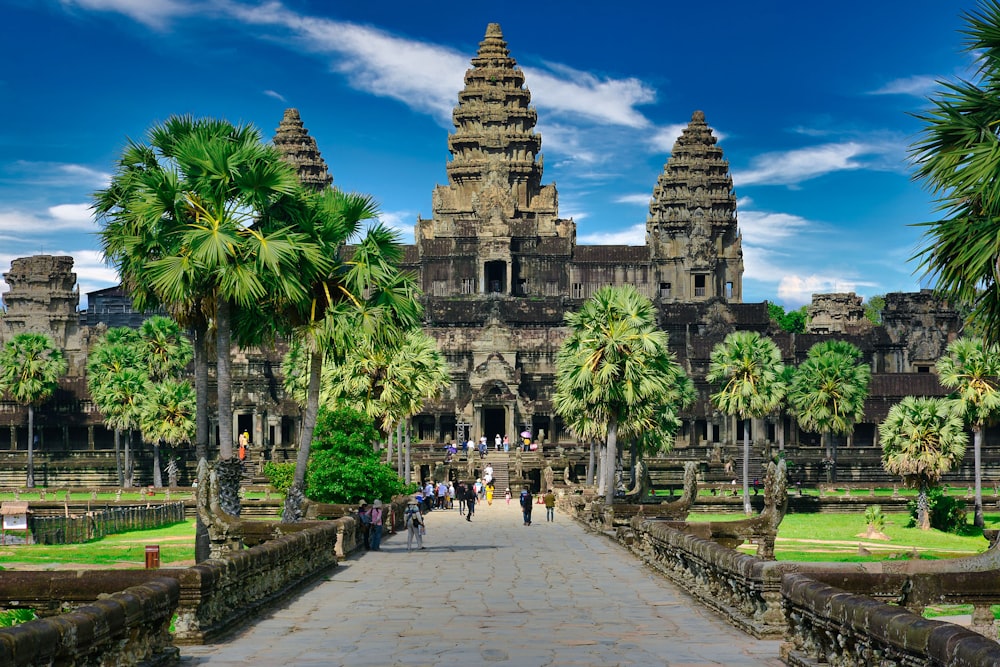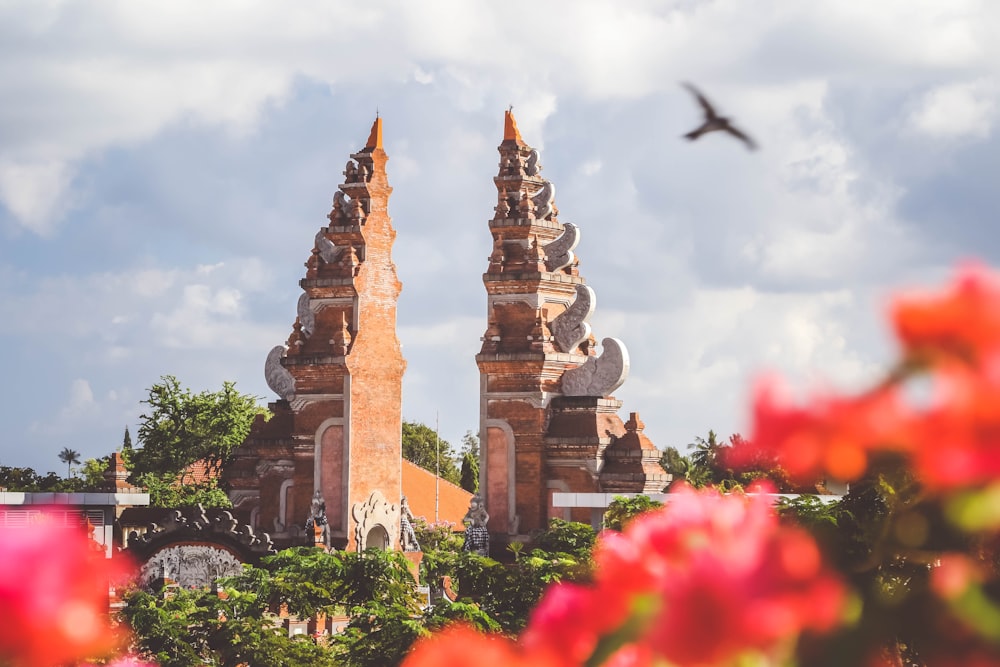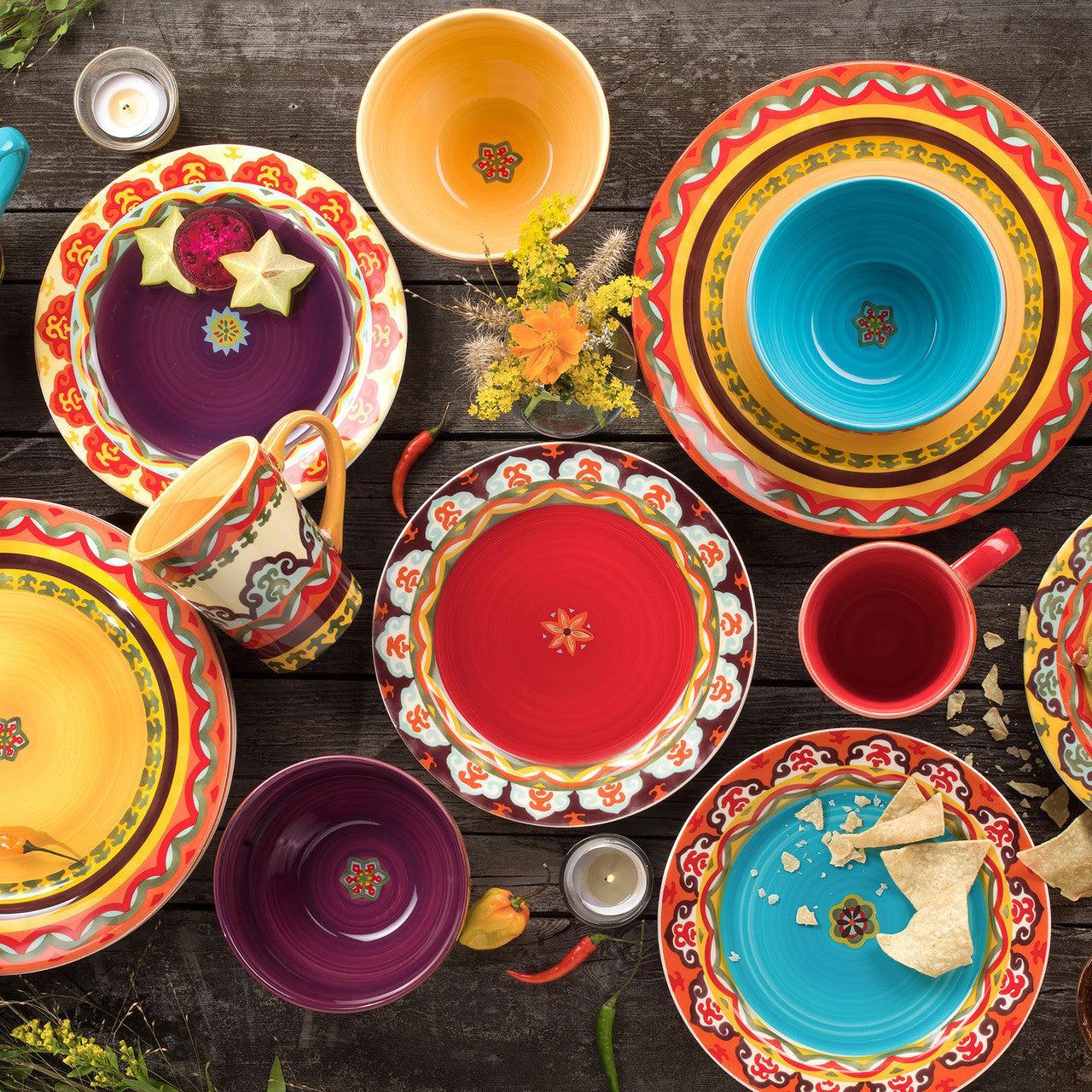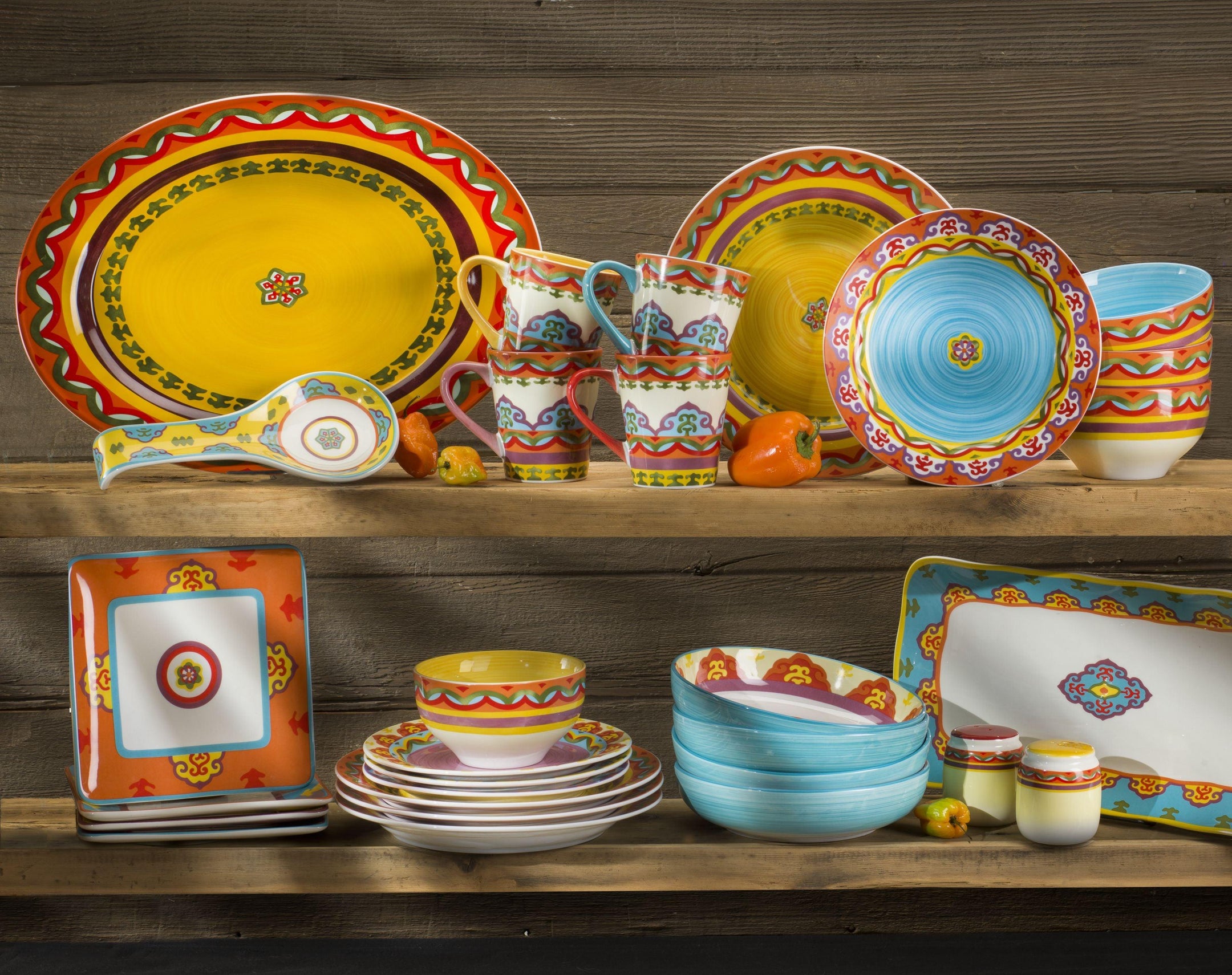In the heart of Mexico, amid vibrant marigold flowers, candlelit altars, and intricately painted sugar skulls, there lies a celebration that transcends death while immersing itself in the festive colors of life—the Day of the Dead, or "Día de los Muertos." This captivating holiday, which has captured the world's attention with pop-culture sensations like Disney’s Coco, is a unique blend of indigenous traditions, Catholicism, and a zest for life like no other. Let’s dive in and learn more about this beautiful tradition espoused by the people of Mexico and Mexican-American communities across the country.
Origins and Evolution of the Day of the Dead
The roots of the Day of the Dead can be traced back to indigenous Mesoamerican cultures, particularly the Aztec empire, predating the arrival of Spanish colonizers. These cultures had rich traditions of honoring and commemorating the dead long before the arrival of Europeans and their practices around All Saints’ Day.
Pre-Colonial Indigenous Beliefs: In these pre-colonial societies, it was believed that death was a natural part of the human journey, and the deceased's soul embarked on a spiritual voyage to the afterlife. Offerings, rituals, and celebrations were carried out to ensure a safe and prosperous journey for the departed souls while remembering the vibrant lives these souls lived.
Influence of Christianity and Spanish Colonization: When the Spanish conquistadors arrived in the Americas in the 16th century, they encountered indigenous customs and religious practices, including those related to death. In an effort to Christianize the indigenous populations, the Spanish introduced Catholicism and merged indigenous traditions with Christian holidays, shifting an otherwise year-round celebration to be more closely aligned with that of All Saints’ Day and All Souls’ Day.
Thus, the symbols and rituals of the Day of the Dead became intertwined with Christian iconography and calendar timing.
Key Customs and Traditions
In a time of increased globalization, the Day of the Dead is celebrated worldwide with regional variances. However, the most common threads found in these celebrations, especially from their birthplace in the Mexican region, are as follows:
Ofrendas (Altars): Ofrendas, literally translated as “Offerings,” are at the heart of the Day of the Dead. Families set up colorful altars in their homes or at cemeteries to welcome the spirits of the departed back to the world of the living during this particular season, where the living and the dead can connect for a brief moment in time. Altars include items like candles, marigold flowers, sugar skulls, photographs of the deceased, and their favorite foods and drinks.
Calaveras (Sugar Skulls): Sugar skulls, often elaborately decorated, symbolize the holiday's connection to death and rebirth. They have their origins in indigenous practices of creating skulls made of amaranth dough as offerings.
Pan de Muerto (Bread of the Dead): This sweet, round bread with bone-shaped decorations represents the deceased's spirit. It combines elements of pre-Columbian and European bread-making traditions.
Marigold Flowers: Marigold flowers, known as "cempasúchil," guide the spirits of the dead to the ofrendas with their vibrant color and scent.
Cemetery Visits: Families and friends visit graves to clean, decorate, and light candles, fostering a connection between the living and the deceased.
Face Painting and Costumes: Some paint their faces as colorful skulls or dress up in elaborate costumes, often as skeletons, embracing the holiday's unique blend of joy and reverence.
A Palette of Life and Color: The Aesthetics of Day of the Dead
The Day of the Dead is renowned for its vibrant and symbolic aesthetics, including:
Marigold Orange: Marigold flowers, known as cempasúchil, guide the spirits of the deceased back to the world of the living with their bright orange and yellow petals.
Calavera (Skull) Colors: Calaveras, whether sugar skulls or painted faces, are adorned with a spectrum of colors: reds, blues, greens, pinks, and purples.
White and Black: White signifies purity and serves as the backdrop for decorations, while black represents death and is used for contrasting elements.
Skeleton and Skull Motifs: These symbols emphasize the continuity of life and death, celebrating rather than fearing these representations.
Intricate Patterns: Traditional Mexican patterns, such as papel picado (paper cutouts) and embroidery, add exquisite beauty to the holiday's aesthetics.
Candlelight: Soft candlelight illuminates ofrendas, creating a warm and inviting ambiance that beckons the spirits of the departed.
The Universality of Remembering the Dead
The Day of the Dead is a celebration rooted in Mexican culture emphasizing the belief that death is a natural part of the human experience. It's an opportunity for families to come together, remember their loved ones, and celebrate their lives. By creating ofrendas and participating in festive activities, people express their love and respect for those who have passed away.
However, the Day of the Dead is not the only holiday that revolves around honoring and connecting with deceased loved ones. Many cultures around the world have their own traditions and celebrations that share similar themes of remembering and paying respects to the dead. Here are some examples:
Halloween (United States and Western Countries): Halloween has become known for its costumes and trick-or-treating, but its origins are tied to ancient Celtic traditions like Samhain. Samhain marked the end of the harvest season and the beginning of winter, and it was believed that on this day, the boundary between the living and the dead was thin, allowing for communication with deceased loved ones.
All Saints' Day and All Souls' Day (Various Christian Traditions): All Saints' Day (November 1st) and All Souls' Day (November 2nd) are Christian holidays dedicated to honoring and praying for the souls of the deceased. In some cultures, visiting cemeteries and lighting candles on graves are standard practices during these days.
Obon (Japan): Obon, also known as the Festival of the Dead, is a Buddhist holiday dedicated to honoring deceased ancestors' spirits. Families clean and decorate graves, light lanterns to guide spirits, and participate in traditional dance festivals (Bon Odori) to welcome the spirits back.
Qingming Festival (China): The Qingming Festival, also known as Tomb-Sweeping Day, is a Chinese holiday for remembering and honoring ancestors. Families visit graves, clean tombstones, and make offerings of food and paper items to ensure the comfort of their ancestors' spirits in the afterlife.
Pchum Ben (Cambodia): Pchum Ben, also known as the Festival of the Dead, is a Cambodian holiday where families pay homage to deceased relatives. They offer food to monks, visit pagodas, and bring offerings to temples to help ease the suffering of spirits in the afterlife.
Gai Jatra (Nepal): Gai Jatra, or the Cow Festival, is a Hindu festival celebrated in Nepal. It's dedicated to those who have died in the past year and involves a procession of cows, which are believed to guide the deceased to the afterlife. Families also participate in parades, wearing costumes and masks.
Gedong (Indonesia): In Tana Toraja, Indonesia, the Gedong Festival involves elaborate and colorful funeral ceremonies that can last for days. Families come together to celebrate the life of the deceased with feasts, music, and traditional rituals.
These holidays demonstrate the universality of the human experience of remembering and connecting with the departed. While the specific customs and beliefs may vary, the underlying theme of honoring and respecting the dead while celebrating life remains a common thread that binds cultures and communities worldwide. Exploring and understanding these diverse traditions can foster greater cultural awareness and appreciation for the rich tapestry of human customs and beliefs.
Appreciating the Day of the Dead as Non-Mexicans
While the Day of the Dead is deeply rooted in Mexican culture, it's a holiday that anyone can appreciate and respect. Here are some ways non-Mexicans can engage with and enjoy this vibrant celebration:
Learn About the Tradition: The first step is to understand the history, customs, and significance of the Day of the Dead. Read books, watch documentaries, or attend local cultural events to gain insight into this rich tradition.
Visit Exhibitions and Festivals: Many museums and cultural centers, especially in areas with a significant Mexican population, host exhibitions and festivals dedicated to the Day of the Dead. These events often feature art, altars, music, and dance performances, offering an immersive experience.
Create Your Own Ofrenda: Even if you don't have Mexican heritage, you can create a simple ofrenda in your home to honor your own deceased loved ones. Use photographs, candles, and flowers to pay tribute to their memory.
Support Local Artisans: Consider purchasing sugar skulls, marigold flowers, or other Day of the Dead-related items from local artisans. This supports traditional craftsmanship and allows you to bring a piece of the celebration into your own life.
Participate in Community Events: Many communities, even outside of Mexico, host Day of the Dead events and parades. Join the festivities, watch the processions, and enjoy the cultural experiences.
Respect the Meaning: When engaging with the Day of the Dead, remember its purpose: to honor and remember deceased loved ones. Show respect and empathy for those who are celebrating and sharing their stories.
Try Traditional Foods: Seek out authentic Mexican restaurants that offer traditional Day of the Dead dishes like Pan de Muerto or traditional Mexican hot chocolate. Exploring the culinary side of the holiday can be a delicious way to appreciate it.
Share the Experience: If you have Mexican friends or neighbors, ask them about their Day of the Dead traditions and customs. Engaging in conversations and participating in their celebrations can be a meaningful way to connect and learn.
The Day of the Dead is a beautiful celebration that transcends borders and cultures. By learning about, respecting, and participating in this meaningful holiday, non-Mexicans can appreciate the deep sense of love and remembrance that it embodies and, in doing so, foster a greater understanding and appreciation of diverse cultures and traditions. Understanding the holiday's evolution also highlights the rich history of cultural exchange and syncretism that has shaped it over the centuries.
Celebrating the Vibrance of Life with Euro Ceramica's Galicia Collection
The Day of the Dead is more than a cultural celebration; it's a testament to the enduring connection between life and death. It's a reminder that memories and love can transcend time and that vibrant colors can illuminate even the darkest moments.
If you’re interested in carrying this reminder with you throughout the year, Euro Ceramica’s Galicia collection is an excellent way to do precisely that. Whether you appreciate the beauty of Spanish and Mexican design or simply want to infuse your dining experience with the joyous spirit of the Day of the Dead, the Galicia Collection offers a piece of this vibrant celebration that you can bring into your home and enjoy every day throughout the year. Check it out with the link below!
The Myth of Cinco De Mayo: Separating Fact from Fiction
FURTHER READING


